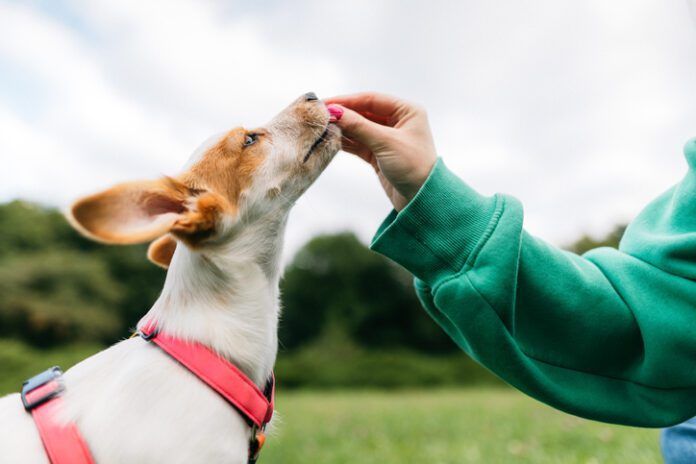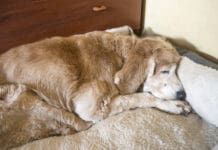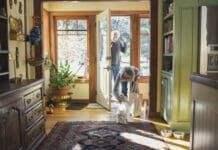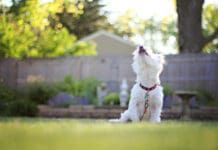When you select a new training space, remember that the change should be gradual. If your regular training has always taken place in your kitchen, try moving to the living room. Work through the entire lesson plan in that room, then change locations again. How about the bedroom? The bathroom?
Once you’ve exhausted the options in your house, take a look at the next most gradual change that you can make. How about your porch? Backyard? Front yard? In front of your neighbor’s house?
In each new training space, first test that your dog can perform with a cookie in your hand. This is important because the total number of additional distractions (beyond what you are deliberately introducing) is going to increase simply by changing locations. You will continue to create controlled distractions for your dog, and you want them to hold his attention more than the stuff in the environment. This might sound counter intuitive, but the truth is, if the dog is paying more attention to the smells in the neighborhood than to the training exercises, you have a problem! You need to start with a distraction (and a reward) that is MORE interesting than the rest of the world.
If you introduce new places thoughtfully, they should be dull enough that your dog can work off leash or with a loose leash with his total attention on either you or on the distraction that you have provided. Realistically, though, sometimes you’ll overestimate the draw of a new place. Therefore, your location needs to be safe as well. Your dog needs to be contained in some way, which means that for some locations, you may need to use a leash during all ten steps. You don’t want to put your dog in danger in the name of training! It is much better to work on leash with a focused dog than to work off leash with a dog who is not the least bit interested in doing anything for you.
You should also think about the type of places you eventually want to take your dog. If your goal is to bring your dog to the pet store, to pick your children up from school, to attend local soccer games with your kids, and to walk through your neighborhood on a loose leash, then those are the places you should be using for the training! Consider each of these possible locations and rank them from least distracting to most. Start with the easiest ones and work your way up.
There’s a huge advantage to using places for training that you already go to: it’s efficient! You’re already going there, so you won’t need to spend a lot of time making special trips for the dog’s training. When you head to the local school to pick up your kids, arrive ten minutes early so you can practice your skills while it’s still relatively quiet. Work your way up to practicing when the kids are being released from their classrooms! Or, if you need to purchase groceries, bring your dog along for a few minutes training outside the doors. It is much easier to stick to a training plan if it doesn’t take a lot of extra time.
At first it will feel strange to be carrying a baggie with distraction treats while you work with your dog in public, but you’ll soon find that people will enjoy watching you, and might even want to know more about what you are doing!
Make a point of using friends and strangers for your distraction babysitters – we want your dog to believe that all people are willing to help you! Handle failure quietly and cheerfully; simply show your dog the delicious morsels that he won’t be getting, put them back, and try again.
Most dogs will make tremendous progress working this way. After ten minutes a day for a few weeks, you will likely find that your dog is ignoring a variety of distractions that you provide in all sorts of locations. If you add this to the three or so hours you’ve already spent, you’ll have invested around six hours, and with excellent results!
Don’t despair if your dog needs a slower route. Remember that training is a process where you are developing a deeper bond with your dog. Stay focused on the journey!
For more advice on training your dog listen anytime, anywhere, purchase Beyond the Back Yard from Whole Dog Journal.






